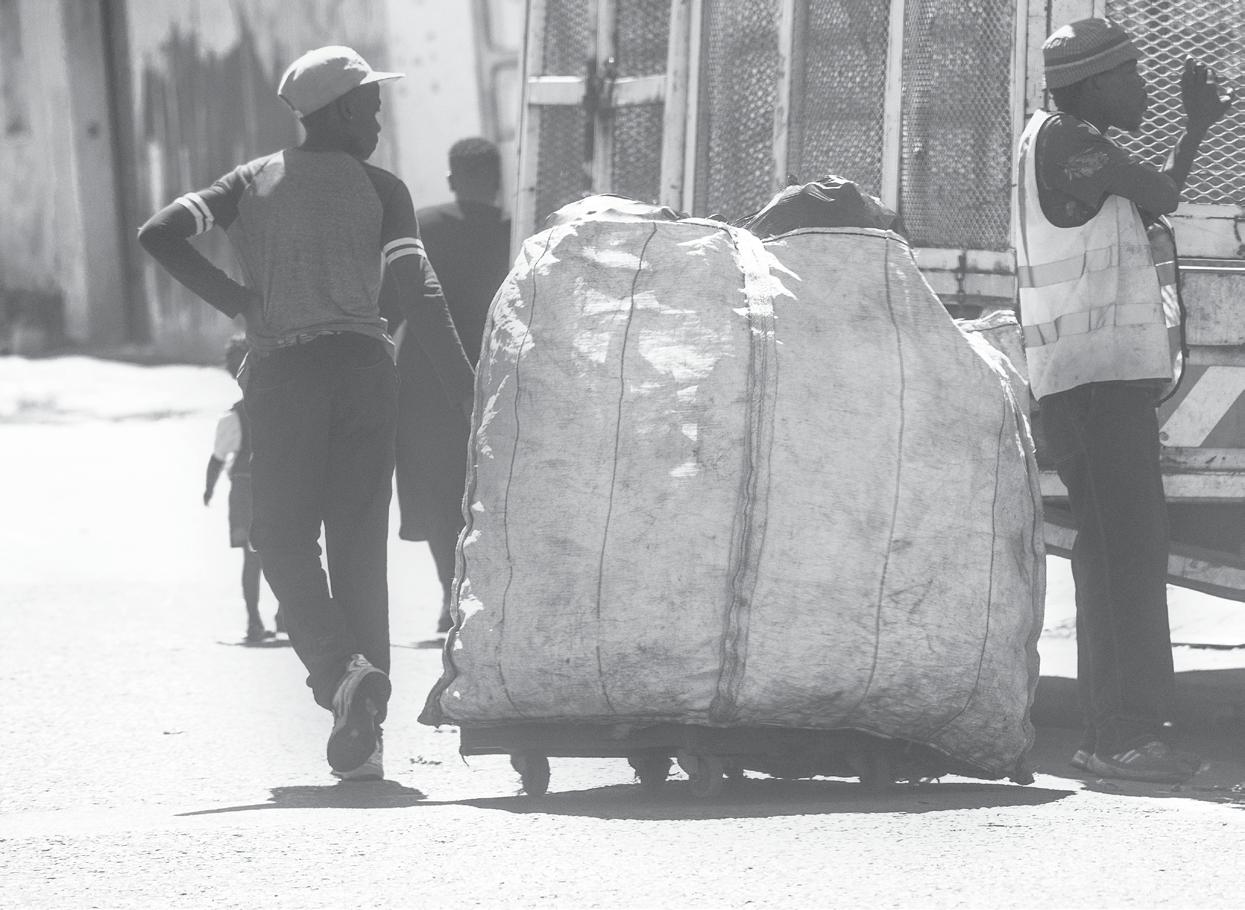COVER STORY
Don’t paper over your extended producer obligations Paper is one of the oldest technologies in the world, but the way it is sourced and made has come a long way since old rags, papyrus and unchecked forestr y practices. Still, many companies worr y about paper, about printing on it or using it for packaging.
T
hese worries emanate from deeply rooted myths that paper is bad for the environment. “We recognise that these are legitimate concerns for any company that values sustainable and responsible sourcing,” says Francois Marais, manager of Fibre Circle, which has been established and mandated by the majority of South African paper manufacturers and importers as the producer responsibility organisation (PRO). It will manage extended producer responsibility (EPR) programmes on behalf of the sector. “Paper is one of the most sustainable materials. Forestry companies as well as the downstream value chain of wood- and paper-based products subscribe to cer tification organisations to ensure that the paper is sourced and produced in a responsible and balanced manner, and that its end-of-life is managed appropriately,” notes Marais. Continuous improvement has seen the sector do more with less natural resources, from planting more trees on less land, to optimising water and energy use in mills and improving paper recovery rates through industry-led programmes. EPR, a relatively new concept, describes the life cycle of products and packaging manufactured, sold and distributed by producers, importers, brand owners and retailers – collectively referred to as ‘obliged industries’. It was 1990 when Thomas Lindhqvist of Sweden’s Lund University presented the idea that manufacturers should be responsible for their products to the Swedish Ministry of the Environment. His research sought to determine how recycling and waste management were
6
M AY 2 0 2 0
|
ReSource
driving cleaner production policies. According to Lindhqvist, “EPR makes the manufacturer of the product responsible for the entire life cycle of the product and especially for the take-back, recycling and final disposal of the product.” EPR dictates that the costs of collection, processing and recycling are placed on the obliged industries, with one of the objectives being to encourage them to design products for better recover y and recycling. In many countries, EPR legislation has spurred many remanufacturing initiatives.
Making the circle bigger Fibre Circle aims to bring together players in the paper and packaging value chain, including obliged industries (manufacturers and importers of the products – filled or unfilled, flat or unconverted) and brand owners and retailers. Given the costs involved of designing, operating and financing recovery and recycling systems, it is better for a group or class of producers to belong to a coordinated EPR programme. To this end, Fibre Circle has mapped out key groups of products and has been engaging producers and importers of: • printing and writing grades • p aper packaging and packaging paper for conversion • paper sacks or sack kraft • liquid board packaging for beverage and food cartons • liquid board packaging for paper cups • labels and release liner/backing paper.
The ultimate renewable While many paper products are classified as single-use, most are recoverable for recycling and all are renewable. Commercially grown trees are the source of thousands of ever yday products, not just paper. Tissue. Labels. Boxes – from common cardboard to highend luxury packaging. Paper cups. Milk and juice cartons. Books. Brochures. Newspapers. Pulp for rayon, sponges and cellophane. Biochemicals, additives and bioplastics. And that’s the short list.
Francois Marais, manager of Fibre Circle
In South Africa, wood fibre comes from around 840 million trees sustainably grown over 693 000 ha for the explicit purpose of pulp and paper manufacture. Farmed like any other agricultural crop, trees are planted, harvested (only 6% per year) and replanted in cycles, albeit for longer rotations. While growing, these trees are absorbing carbon dioxide and storing carbon – an element that remains in their fibres even when the wood is chipped and pulped, and even further through paper’s recycled life. A large proportion of paper-based products are recyclable – until they have laminates and sparkling bits added to them. South Africa boasts a recovery rate of around 70% of recoverable paper products, which excludes tissue, sanitary Paper-based coffee cups are recyclable, as their high-density polystyrene lids (Credit: Detpak)



















